Tech feature: Leopard-Trek finds its spots
The mad 11th hour scramble to craft the Team Leopard-Trek image
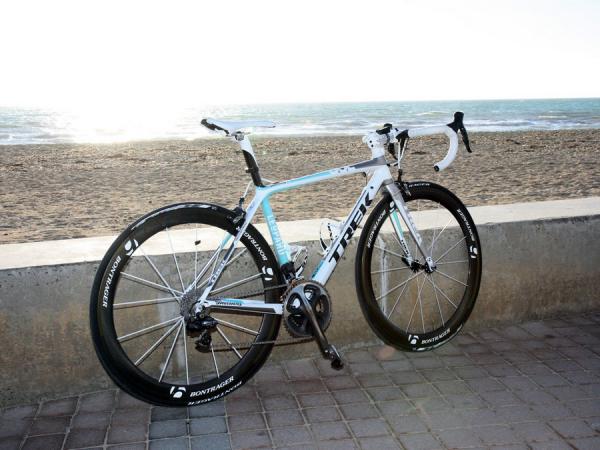

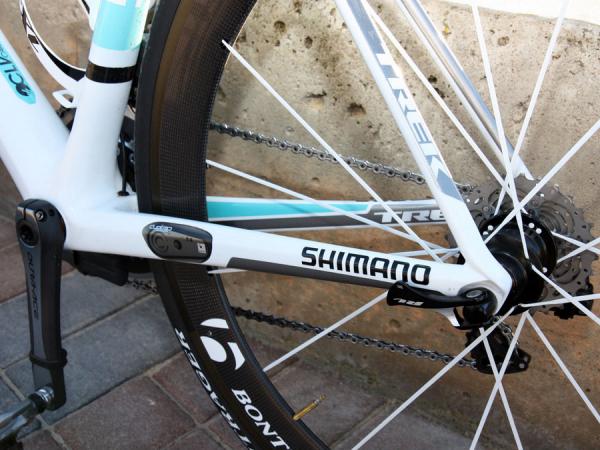
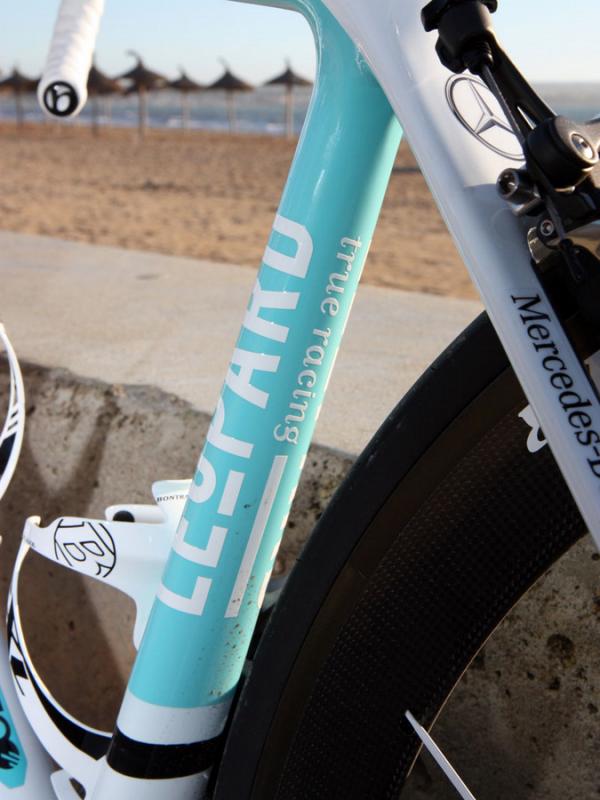
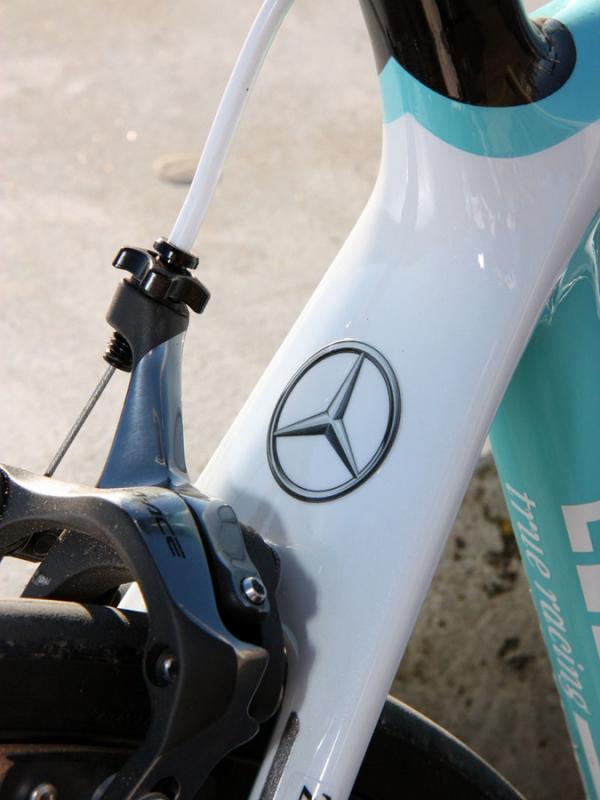


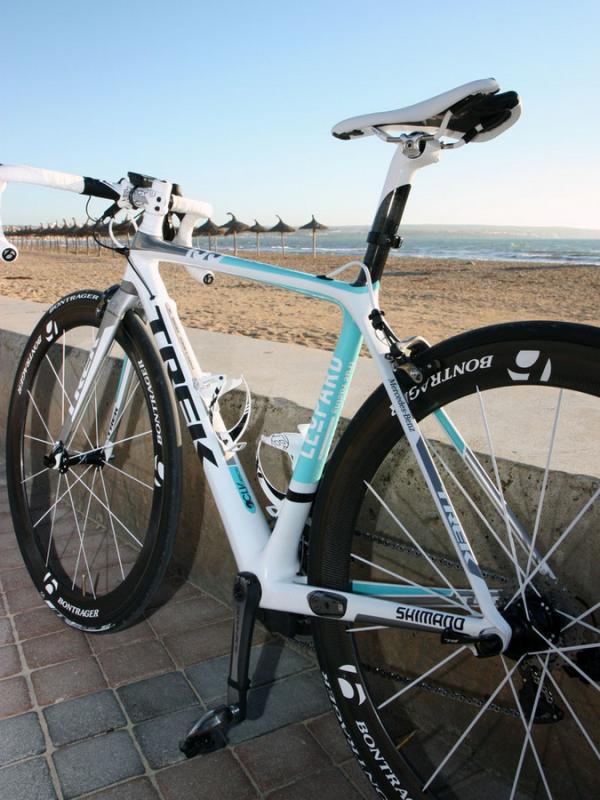

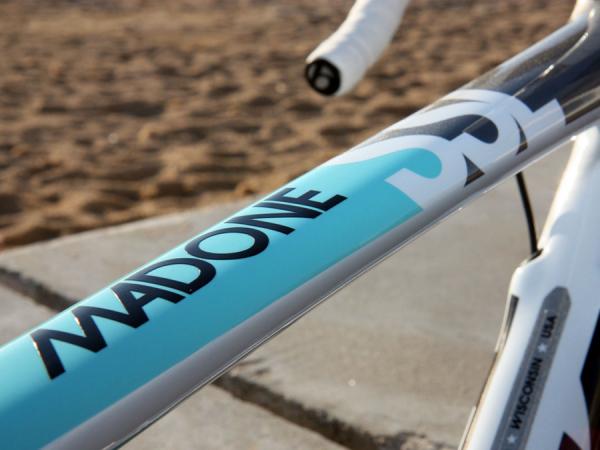
The Leopard-Trek team was officially presented to the world in grand fashion on January 6th and to casual observers, everything was in place just as it needed to be. In addition to the riders themselves, team officials also unveiled their tasteful-looking black, white, and sky blue road and time trial bikes plus the similarly elegant kits they would be wearing in competition starting with the Tour Down Under later this month.
The fact that the team will have such a polished appearance is impressive on its own but what's even more astounding is that it happened at all given the incredibly accelerated timeline on which team backers had to operate. According to Trek road brand manager Nick Howe, even Trek – the team's co-title sponsor and main equipment supplier – wasn't made aware of the final team name until mid-December.
As a result, Trek – along with clothing sponsor Craft – not only had to finalise the design for the bikes, kits and helmets but also build, paint, and deliver those items in less than 10 days along with all of the marketing collateral and essentially much of the image and identity of the team itself.
A more typical timeline is closer to 30-45 days just for the design work.
"It's not just a kit or helmet design," said Howe. "It's the helmet, it's the bike, it's the website, it's the video, it's the identity on our web site, it's building that page, it's putting together a marketing campaign that tells as many people as we can, 'this is what we've done', and gets the message out – that work almost supersedes the bike design. It's an amazing amount of work and a really large amount of people killing themselves to do it."
Compounding the issue was the number of framesets the company had to deliver by the first team camp: around 100 in total, according to Trek road product manager Tyler Pilger, with every frameset requiring around 10 hours of labour to prep and paint on top of actual manufacturing time. And that's just road framesets – time trial bikes aren't even counted there and both numbers will only grow as the season progresses.
Each of the nearly 30 riders on the roster will have a race road bike, a home road bike, and a race time trial bike. Plus many riders will have a spare of each – or even multiple spares – and then there are even additional framesets that are kept in reserve.
The latest race content, interviews, features, reviews and expert buying guides, direct to your inbox!
Add in all of the Trek-supplied Bontrager wheelsets, their multiple available section depths, and the custom graphics that will adorn each one and it's no surprise that Howe says the pressure to deliver was intense.
"There was significant pressure on creative to get the product done and significant pressure that comes all the way from the top in working with a team that is more prevalent in the global community than almost any other team we've worked with – and that's working with guys like Lance [Armstrong] and [Alberto] Contador. This team already was gathering more attention. There was an extraordinary amount of focus and other projects were set aside in order that this be completed in the short time that it was."
Howe admits, however, that a lot of diligent work done earlier on made things a tad less hectic as roughly "50 to 60 percent" of the design was already completed before the final details were in place.
"Our creative director had been spending time at the design firm that the team had hired developing an identity for the bike so it could be pretty plug-and-play and we could get the last bit of logo on to the bike and get into production with it," he said. "At the same time, manufacturing had been planning for months to pull the necessary frames. What gets missed here is that we also produced all of the frames for the RadioShack team as well and they all hit their deadlines and they got them before team camp and they were painted and built and ready to go."
Even so, Pilger says the company had to make some necessary compromises in order to hit its deadlines, namely in regards to some of the sponsor decals and graphics. Whereas Trek would normally use super thin water-transfer decals to maintain as smooth a finish as possible, this first batch was produced using thicker vinyl decals cut and delivered in just two days by AJ Eschwig at Victory Circle Graphix – the same company that produces most of the name decals you see on pro riders' bikes.
Nevertheless, Pilger stresses that none of this would have been possible at all had Trek not had its own in-house paint and production facilities in Waterloo, Wisconsin. Whereas some other team riders show up at their first camps to stopgap bikes with plainer or even fully stock finishes until actual team-spec bikes can be finished up, Team Leopard-Trek can hit the ground running and keep this first batch of frames in rotation for the rest of the season.
"I think it would be unrealistic to say that we achieved everything that we wanted to but there's a philosophy at Trek: perfection is something you always strive for but you might never attain," said Howe. "I think all told the identity that was developed and the way that we worked with the team and the fact that the team had their frames ready to go at the launch – even the design elements that went into the launch were massive and the videos that went into that and all of that happening in such a short timeline – for the amount of time that we had, we have to be thrilled with the results."